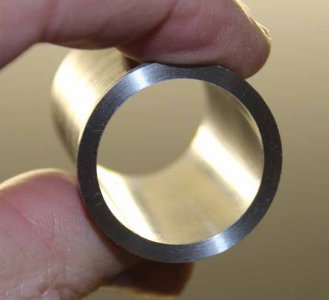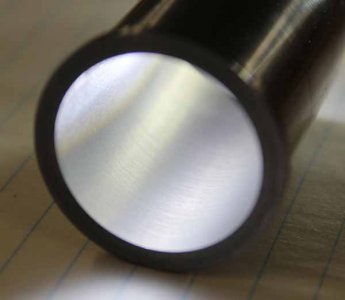- Joined
- Sep 11, 2015
- Messages
- 293
I looked at those Acro barrel laps. They are priced very fair! I didnt even bother looking at prices on laps before. I believe the wife wont even know if I purchased them. So I'm going to order a few. I was thinking laps would be more expensive. Guess not.
I will however research and try other methods such as the lead lap for fun. Plus I will need to use a lead lap for polishing the point form die when complete. I already have the "D" bit/spoon cutter for the bullets I want made. Just have to grind down one more and hone its edge.
I will however research and try other methods such as the lead lap for fun. Plus I will need to use a lead lap for polishing the point form die when complete. I already have the "D" bit/spoon cutter for the bullets I want made. Just have to grind down one more and hone its edge.



